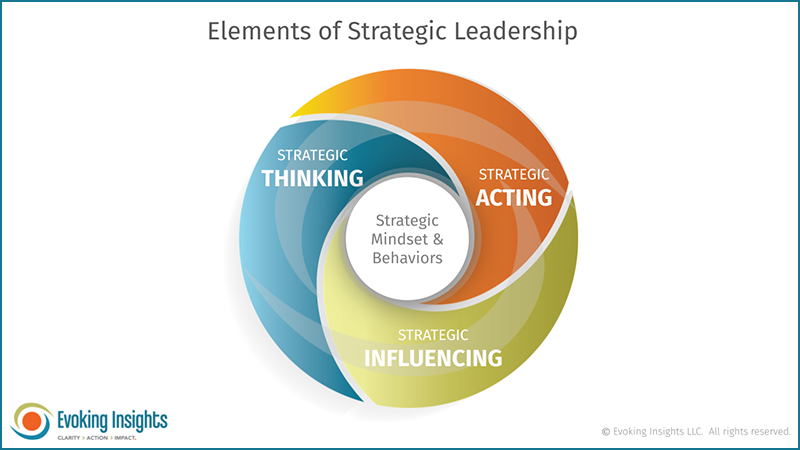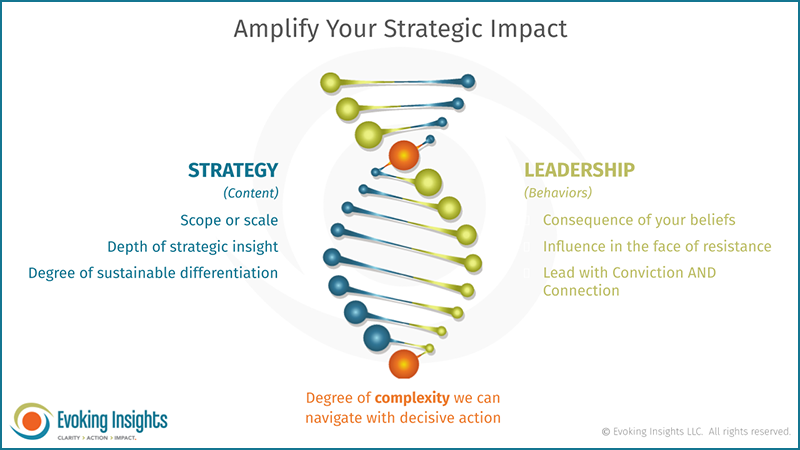You leave a meeting frustrated and exasperated. It’s the third meeting debating with your colleagues over a substantive decision facing the organization. And yet the conversation didn’t advance. Again. You’re annoyed with your colleagues. They’re stuck in the today, while you want to position the business for the future.
You tried to elevate the conversation to this longer‑term perspective and ground the internal debate in the revenue decision‑makers: your customers. Instead, the conversation kept switching back to the near‑term concern of what investors will think.
Your frustration became consuming. Yes, investor reactions need to be managed—but they aren’t the bellwether for strategic decisions. You know it’s the leadership team’s job to set the strategic direction and focus, not the investors. Consider Jeff Bezos, who advised his early investors that if they weren’t investing for the long term, then Amazon wasn’t the right fit for them. Or when Southwest chose not to implement baggage fees and stayed true to their strategic position, despite much investor pressure as the policy became an industry norm.
Strategy first, investor fit second. And then repeat as needed to have a financially viable strategy. You’re confident you can manage investor reactions. But your colleagues seem unwilling to take a similarly bold and decisive stand. This is understandable—critics can be intimidating.
Your irritation takes you into a downward spiral of stories about why your colleagues can’t or won’t engage in robust strategic thinking and bold, decisive action. You begin to distrust their willingness to operate in the best long‑term interest of the enterprise. And you begin to doubt your ability to influence a strategic outcome.
This is day‑to‑day strategic leadership in practice. And it's not nearly as straightforward as foundational skills and concepts like strategic thinking, action, and influence.

Stuck in the Muck
While you keep trying to rationalize your way through the resistance with little effect, you wonder how you could approach this differently. In working with your executive coach, you have been strengthening your ability to bring others along—focusing more on empathy and relationships in addition to your logic‑driven approach and relentless drive for results.
Your notable strength in strategic thinking and ability to navigate ambiguity and uncertainty makes it hard for you to appreciate the impact of that uncertainty on others. How discomfort can lead many of us into habitual behaviors that are far less effective in the face of complexity. For example, one of my clients refers to his “obsession with certainty, predictability, and control” that has been an unconscious driver of his actions for years—maybe even a lifetime.
You start to wonder if the resistance you’re facing has less to do with ill intentions and rigid thinking, and more to do with your colleagues’ discomfort with uncertainty, ambiguity, and making these high‑stakes calls.
Your attention shifts from the content side of strategic leadership to the human side of it. Ah‑ha. The resistance you are facing is emotional. A different tack is required, one that includes recognizing your own triggers and your internal stories about your colleagues.
First, you take a step back to get your own frustration in check, mining it for insight into what you want or need from your colleagues. At the next meeting, you intend to bring a mindset of trust—trusting that you all are working in what each person believes is the best long‑term interest of the enterprise. When you feel your frustration rising, you will practice shifting from judgment to empathy and curiosity.
From that place, you can try pulling out the driving beliefs and assumptions that would make your colleagues’ recommendations viable for the long‑term sustainability of the enterprise. In the case of Southwest Airlines, implementing baggage fees would have to be consistent with the strategic positioning of low cost, ease, and convenience. You still may not share the same beliefs on the policy, but at least the logic of the choice would be more transparent and objective, freeing each of you from the emotional spiral of defending your positions.
Greater strategic impact starts with shifting from a frustrated, rigid, and reactive version of yourself to a more creative and resourceful one. One that is assertive AND open, receptive, and curious about other perspectives—recognizing that the world these days is just too complex for any one of us to see it all.
Where Is Your Opportunity to Amplify Your Strategic Impact?
Who are you in this story? And where is your opportunity to amplify your strategic impact? Do you need to exercise your strategic thinking muscle like the colleagues in the story above? Do you need to practice elevating your perspective beyond the near‑term implications of this decision to longer‑term horizons and practice key strategic behaviors, such as:
-
- Anticipating the future,
- Challenging the status quo, or
- Interpreting data, connecting dots, and making meaning of it all?
Or perhaps your strategic thinking is robust, but you struggle with the courage and confidence to make the bold call—like taking the unconventional position that Southwest did. And facing an experience like Starbucks CEO Howard Shultz’s, which he describes like this:
-
- “It cost us millions of dollars.”
- “I came under tremendous criticism.”
- “Competition smelled blood and went after us.”
Strategic leadership is demanding. It challenges us to our very core.
As skilled and capable as we are, there is always a learning edge for greater strategic impact.
Our Evolving Ability to Lead Strategically
The impact of our strategic leadership is a function of our capacity to:
-
- Think strategically AND
- Effectively lead through the discomfort of complexity and uncertainty.

And our capacity to lead through complexity is ever‑evolving … if we are open to it. Like my client unlearning his habit of “controlling and predicting everything” so he can create and unleash so much more.
The possibilities are endless.
What is one thing you will experiment with at your next meeting to amplify your strategic impact?



